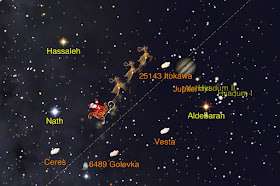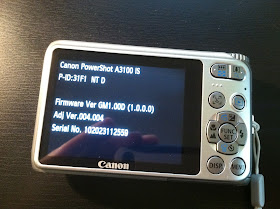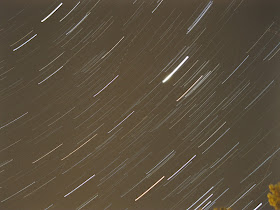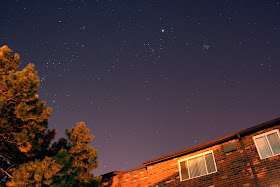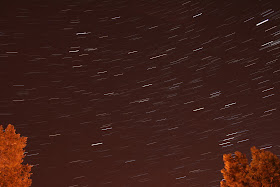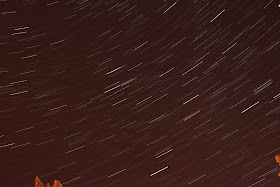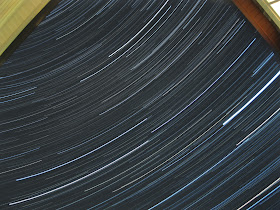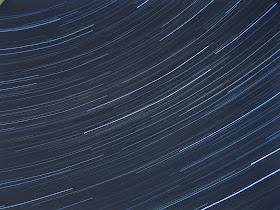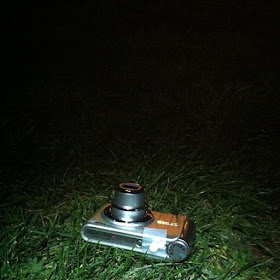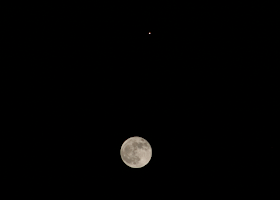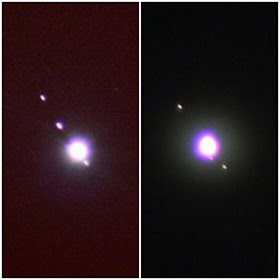During the Olympics, I entered a Facebook contest through TD Ameritrade for a chance to win a day with gymnast Jonathan Horton. I've been a fan of Jon's since 2008 when I saw his positive and supportive attitude cheering for team mates in the 2008 Olympics in Beijing. Now, in 2012, he was the clear leader of a young team - and again one of my favorites to watch.
In October, I got an e-mail from a representative at Don Jagoda Associates informing me that I was a potential winner of the Win a Day with Olympic Gymnast Jonathan Horton contest. Potential winner? I had to clear a background check and complete some tax forms in order to be announced as the official winner. At first I thought it was a very elaborate and specific scam, but I got the forms notarized, completed the tax form, and waited a month to find out if I was, in fact, the grand prize winner.
A month later I received notification that I indeed was the grand prize winner of the sweepstakes!
Long story short, I got an itinerary saying that I would be having two meals with Jonathan Horton, along with a chance to tour his gym. The last detail on my itinerary almost knocked me out of my seat, I was going to tour Space Center Houston with my Olympic hero! Worlds were colliding as one of my favorite sports stars would be associated with one of my favorite hobbies (learning about space exploration). Awesomeness overload!
At dinner, Jon mentioned that he took an astronomy class while he was in school at Oklahoma. He said he gets blown away thinking about the universe, and the size of a nebula trillions of miles away. Later, on the tour of the space center, he was particularly impressed by the F-1 engine. We were both impressed that humans were smart enough to figure this all out, and to physically build something capable of taking humans into space. Jon also told me that his 2008 Olympic teammate, Justin Spring, is the son of a shuttle astronaut ("Woody" Spring flew on Atlantis for STS-16-B).
The overnight trip was definitely something I will never forget, and I'm grateful that I was able to share this experience with someone that I respect so much!
Below is a brief picture scrapbook of my trip:
 |
| Chris, me, Jon, and his wife Haley on the Johnson Space Center tram tour |
|
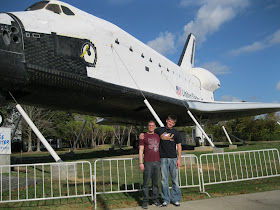 |
| Chris and I in front of the touristy fake shuttle |
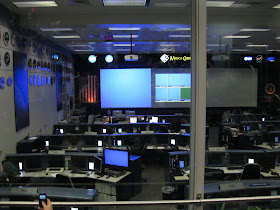 |
| Shuttle mission control, obviously a quiet place lately |
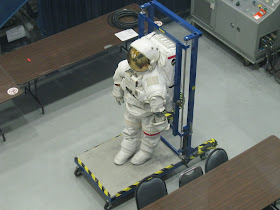 |
| A real space suit for training! Awesome! |
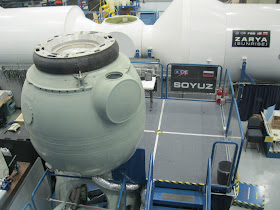 |
| Better get a lot of practice in that Soyuz capsule |
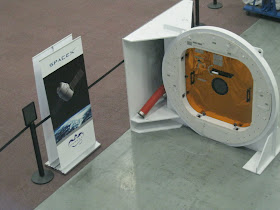 |
| A mockup of the SpaceX hatch |
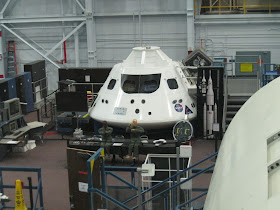 |
| A mockup of the new Orion capsule that will one day bring people to space |
 |
| My favorite part of the tour, a real F-1 engine (19 feet tall) |
 |
| F-1 engine on the Saturn V rocket |
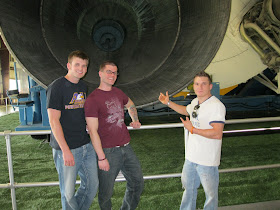 |
| Jon was impressed, these things push 1.5 million pounds each |
 |
| A real Saturn V rocket that was ready to launch but was cut for budget reasons |
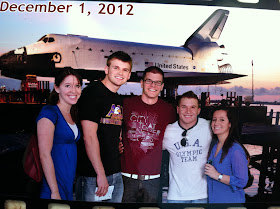 |
| A green screen tourist photo of our group! |

